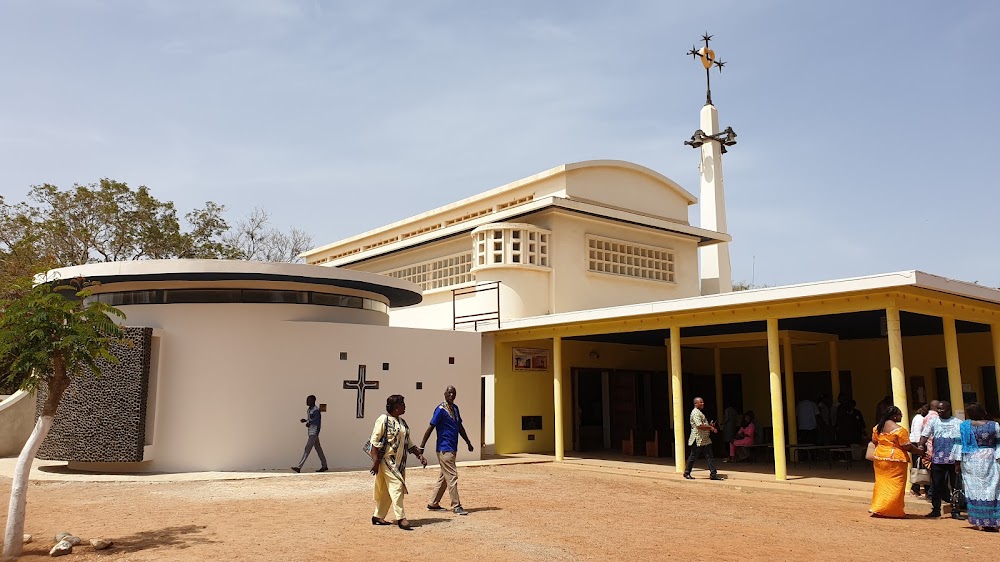Thiès Railway Station (Gare de Thiès)
Overview
Certainly! Here’s a revised version of your travel description, structured for better readability and engagement:
---
Thiès Train Station: A Historical Landmark
Thiès Train Station, officially known as Thiès Railway Station, is a remarkable historical and functional landmark nestled in the heart of Thiès, a vibrant city in Senegal's Thiès Region. Established during the colonial era, this station played a pivotal role in the French colonial administration's efforts to create an expansive railway network for resource extraction and governance across West Africa. Constructed in the early 20th century, it became an essential hub in the Dakar-Niger Railway system.
Architectural Marvel
The station's construction showcased a blend of local materials and imported technology. French engineers collaborated with many African laborers to lay tracks, build structures, and establish vital infrastructure. The architecture reflects a unique fusion of colonial and local design elements, featuring high ceilings and sturdy walls that promote natural ventilation—an essential consideration for the tropical climate.
Inside, visitors will find an array of facilities, including ticket offices, waiting rooms, and cargo areas. The design prioritizes functionality, with comfortable benches for passengers, clear signage for easy navigation, and large windows that flood the space with light. Additionally, the station offered distinct areas for various classes of passengers, mirroring the social hierarchies of the colonial period.
A Strategic Hub for Transport
Over the years, the significance of Thiès Railway Station has grown, thanks to its strategic location at the intersection of several major routes. It has become a crucial hub for both passenger and cargo transport, facilitating the movement of vital exports such as peanuts and phosphates from the interior to Dakar's bustling port. This connectivity has played a key role in Senegal's economic development.
Modernization and Renovation
Despite its colonial roots, the station has experienced several modernization phases. Following Senegal's independence in the mid-20th century, significant upgrades were made to better serve the needs of the emerging nation. These enhancements included the electrification of rail lines, improved signaling systems, and renovated passenger amenities—efforts aimed at boosting efficiency and safety to meet the growing demand for rail services.
A Cultural and Social Hub
Beyond its transportation role, Thiès Railway Station has evolved into a vibrant center for cultural and social activities. The surrounding areas are alive with bustling markets, lively cafes, and thriving small businesses, transforming the station into a vital part of the city’s community life. It has become more than a transit point; it is a cornerstone of Thiès' social fabric.
Preservation and Relevance
In recent years, initiatives have been undertaken to preserve the station's historical heritage while adapting it to contemporary needs. Conservation projects focus on maintaining its architectural integrity while integrating modern technologies. This balanced approach honors the past and ensures that the station remains relevant and functional in today’s dynamic environment.
A Symbol of Resilience
Today, Thiès Railway Station stands not only as a crucial transportation center but also as a symbol of the city’s historical journey and future aspirations. It embodies the resilience and adaptability of the people of Thiès, who continue to repurpose century-old infrastructure to meet the demands of a growing city. The station remains a testament to the enduring importance of rail transport in connecting communities and fostering economic development in Senegal.
---
This revision aims to provide an engaging and informative overview of Thiès Train Station while making it easy to read and follow.







